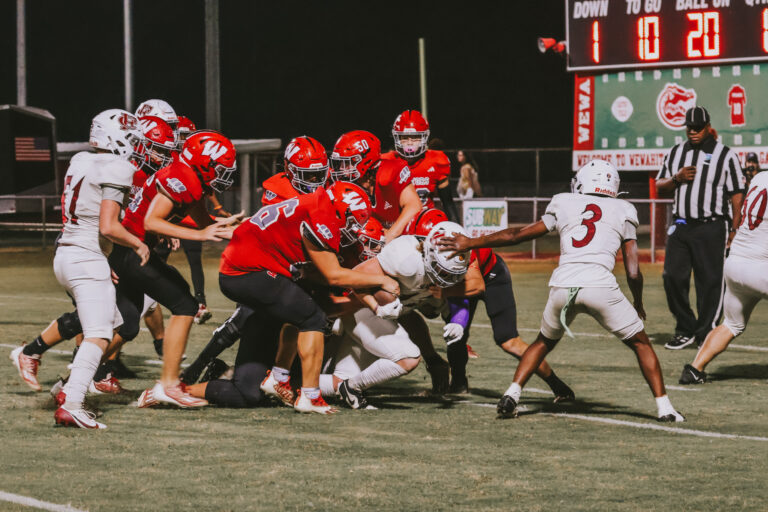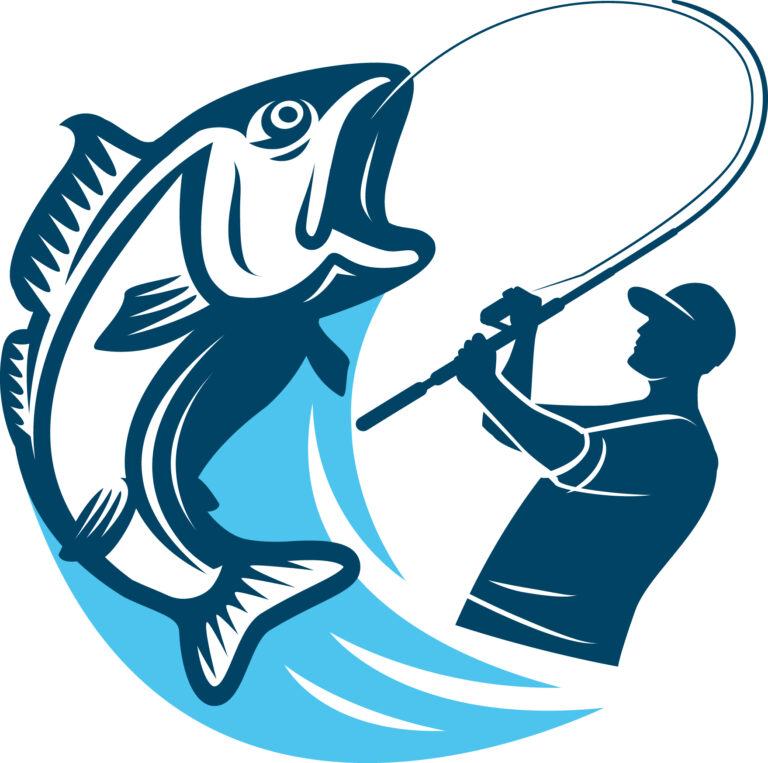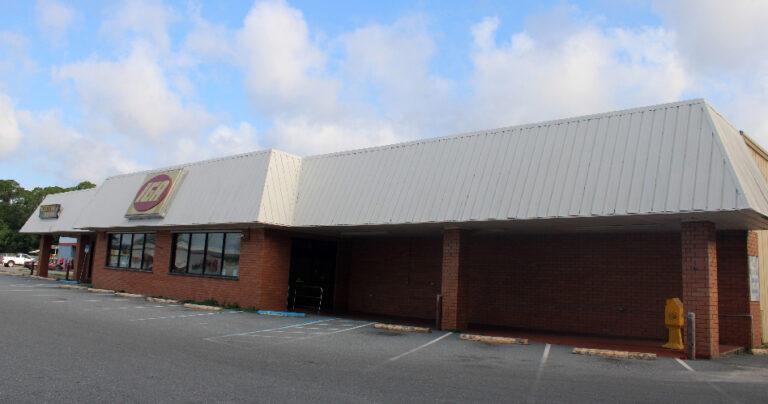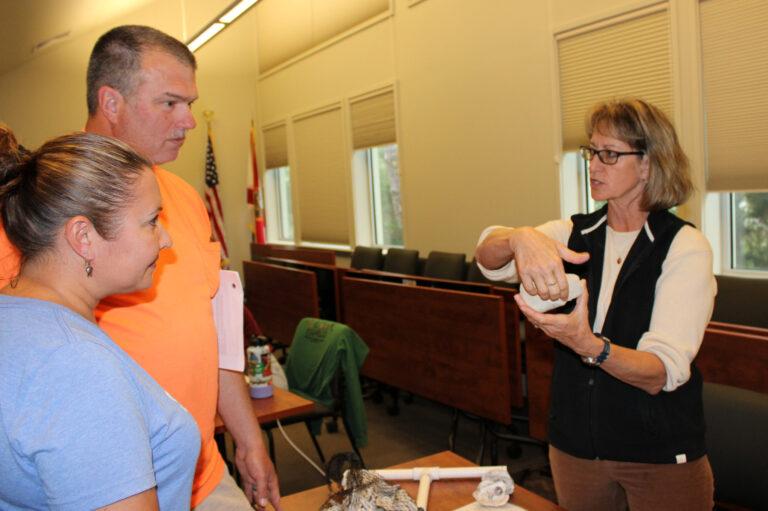Legacy Post Disclaimer
This is a #Legacy post imported from The Apalachicola Time’s previous platform. If you’re experiencing issues with this article, please email us at news@nevespublishing.com.
New life for Carrabelles history
Nearly 125 years ago, in 1899, a hurricane that slammed into Carrabelle left wreckage of cargo ships bound for Europe strewn along the Dog Island shore, where they all remain underwater to this day.
At least 25 years ago, the second floor of what had been the Carrabelle City Hall, where the city commission once met, had fallen into disuse, used mainly as storage space.
While the shipwrecks gradually succumbed to the ravages of water and time, leaving just skeletons of their former selves, the second floor of city hall, which is now the Carrabelle History Museum, has been resurrected into a fresh, wholly alive space.
And this week the museum’s rejuvenated second floor made its debut, introducing a new exhibit on “Shipwrecks of Dog Island.”
At a reception Saturday afternoon, the refurbished second floor of the 90-year-old building gleamed like the freshly shined brass on a sailing vessel, the product of more than a quarter-million dollars received in four state historic preservation grants, dutifully acquired through the work of Tamara Allen, director of the Carrabelle Historical Society, which operates the museum.
Allen said the grant monies from the Florida Division of Historical Resources, went to do everything from rewiring and replastering the deteriorated structure, to restoring the original ceiling, to redoing the heating and air conditioning system, to removing the paint off the floor so the original wood could reemerge.
A pair of bathrooms were combined to create one large, modern, accessible one. Another key component of the push to make the second floor completely handicap accessible, with the addition of an elevator. The museum received a two-year $41,000 grant last month, and expects to have the elevator open by Sept. 2023.
Highlighting the staircase entrance to the second floor is a giant eight-foot by 12-foot acrylic painting of Tate’s Hell, created by wildlife artist George Lewis Weymouth.
Weymouth, now 88, weas working in 2005 as a naturalist for Tate’s Hell State Forest when David Morse asked if he could do a painting for the water tower.
It turned out to be too much to adorn the tower, so instead the painting was donated to the city of Carrabelle for its headquarters at what was then City Hall at the former Carrabelle High School.
To enhance the history museum, the city donated it, but to make it fit, a couple feet of the dark sky at top, had to be lopped off. “They got rid of the clouds,” said Weymouth, who didn’t mind because “they were a little too dark.”
Primarily a wildlife illustrator, whose speciality is woodcarving, he lives now in Wakulla County in the middle of the Apalachicola National Forest. His late wife, Patricia Murray, was a world-class photographer, who shot photos of wildlife everywhere from New Guinea to Madagascar, and he’s now at work compiling her butterfly photos for a book.
The painting is full of rich details of the wildlife in Tate’s Hell, of everything from red-cockaded woodpeckers, to bears to wild turkeys. “I had to check on the number of feathers in turkey wings,” Weymouth said.
Chuck Meide, who did the original research on the Dog Island shipwrecks, when he was a graduate student at Florida State University, made a guest appearance for the unveiling of the new exhibit.
Dog Island was a safe harbor for European explorers, smugglers, fishermen and lumbermen. In 2018, Hurricane Michael uncovered parts of two ships that were wrecked during the 1899 event.
Meide’s remarks detailed his work on studying the shipwrecks 30 years ago, and how precise calculations were able to be completed thanks to another student’s trip to Norway.
An original video featuring expert underwater archaeologist Meide describes the process of identifying the sunken ships, and informs visitors about what to do when they come across an artifact on public land, whether it’s a piece of a shipwreck, an arrowhead, or a piece of pottery.
“We don’t loot shipwrecks,” said exhibit curator Joan Matey.
The Carrabelle History Museum is open Wednesdays noon to 5 p.m. and Thursdays through Saturdays 10 a.m. to 5 p.m. and Sundays noon to 5 p.m. The museum is located one block from Carrabelle Harbor, at 106 SE Avenue B. Funding in part by the Franklin County Tourist Development Council. For more information or to volunteer, contact 850-697-2141 or go to www.carrabellehistorymuseum.org.






Meet the Editor
David Adlerstein, The Apalachicola Times’ digital editor, started with the news outlet in January 2002 as a reporter.
Prior to then, David Adlerstein began as a newspaperman with a small Boston weekly, after graduating magna cum laude from Brandeis University in Waltham, Massachusetts. He later edited the weekly Bellville Times, and as business reporter for the daily Marion Star, both not far from his hometown of Columbus, Ohio.
In 1995, he moved to South Florida, and worked as a business reporter and editor of Medical Business newspaper. In Jan. 2002, he began with the Apalachicola Times, first as reporter and later as editor, and in Oct. 2020, also began editing the Port St. Joe Star.